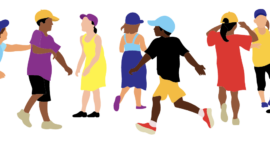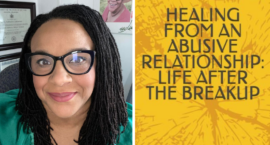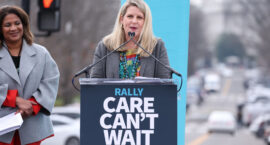In the many tributes written since Rosalynn Carter’s death on Nov. 19, one word often is used to describe her: trailblazer. Indeed, Rosalynn Carter was like no other first lady. She testified before Congress on mental health issues; made policy proposals on caregiving and established the Rosalynn Carter Institute for Caregivers in 1987; worked to advance women’s rights; and helped in the ratification of the Equal Rights Amendment.
Carter’s own words are the most powerful about her belief and commitment to equality. “Although there has been progress, women still struggle to take their full, rightful places in politics, the media, business and athletics. … I would like for people to think that I took advantage of the opportunities I had and did the best I could.”












